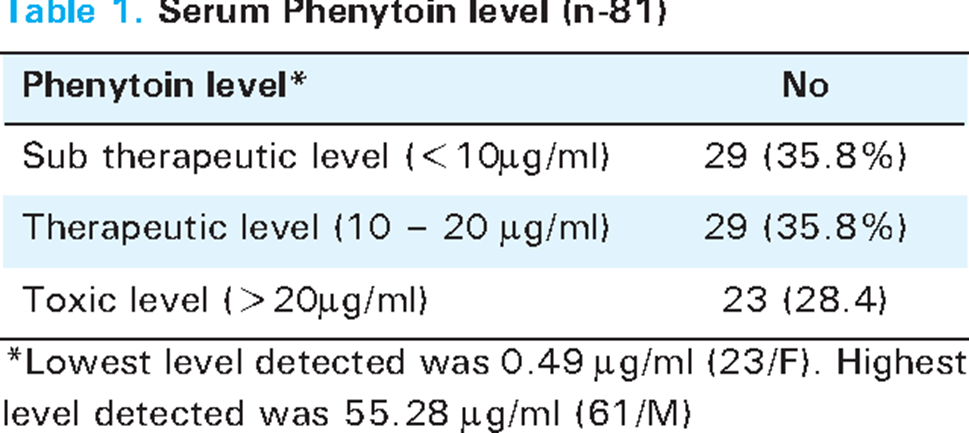When evaluating a patient who is taking orlistat, which is an intended therapeutic effect?
Decreased weight
Increased appetite
Decreased hyperactivity
Increased wakefulness
The Correct Answer is A
A. Decreased weight: Orlistat is a medication used for weight management by inhibiting the absorption of dietary fats. Its intended therapeutic effect is to promote weight loss by reducing the amount of fat absorbed from the diet.
B. Increased appetite: Orlistat does not increase appetite; rather, it may help control appetite by promoting satiety through its mechanism of action.
C. Decreased hyperactivity: Orlistat is not indicated for the treatment of hyperactivity.
D. Increased wakefulness: Orlistat does not affect wakefulness; it primarily acts in the gastrointestinal tract to inhibit fat absorption.
Nursing Test Bank
Naxlex Comprehensive Predictor Exams
Related Questions
Correct Answer is B
Explanation
A. Dobutamine is a sympathomimetic drug used to increase cardiac output in conditions such as heart failure. It is not an antidote for cholinergic drug overdose.
B. Atropine sulfate is the antidote for cholinergic drug overdose. It acts as a competitive antagonist to acetylcholine at muscarinic receptors, counteracting the effects of excessive cholinergic stimulation.
C. Atenolol is a beta-blocker used to manage hypertension and certain cardiac conditions. It is not an antidote for cholinergic drug overdose.
D. Bethanechol is a cholinergic agonist used to stimulate bladder contractions in urinary retention. It is not an antidote for cholinergic drug overdose; in fact, it would exacerbate cholinergic effects.
Correct Answer is A
Explanation
A. The drug level is at a toxic level, and the dosage needs to be reduced. Phenytoin has a narrow therapeutic range, and levels above 20 mcg/mL are considered to be in the toxic range.
Symptoms of phenytoin toxicity can include nystagmus, ataxia, slurred speech, and confusion. Therefore, if a patient's phenytoin level is 23 mcg/mL, the nurse should be concerned about potential toxicity and consult with the healthcare provider to adjust the dosage.
B. The patient's seizures should be under control if she is also taking a second antiepileptic drug.
While combination therapy with multiple antiepileptic drugs can help control seizures, a phenytoin level of 23 mcg/mL is still concerning for toxicity and requires intervention.
C. The patient is at risk for seizures because the drug level is not at a therapeutic level. A phenytoin level of 23 mcg/mL is actually above the therapeutic range and is more indicative of toxicity rather than subtherapeutic levels.
D. The patient's seizures should be under control because this is a therapeutic drug level. A phenytoin level of 23 mcg/mL is not within the therapeutic range but rather in the toxic range, so the patient may experience symptoms of toxicity rather than having adequate seizure control.

Whether you are a student looking to ace your exams or a practicing nurse seeking to enhance your expertise , our nursing education contents will empower you with the confidence and competence to make a difference in the lives of patients and become a respected leader in the healthcare field.
Visit Naxlex, invest in your future and unlock endless possibilities with our unparalleled nursing education contents today
Report Wrong Answer on the Current Question
Do you disagree with the answer? If yes, what is your expected answer? Explain.
Kindly be descriptive with the issue you are facing.
